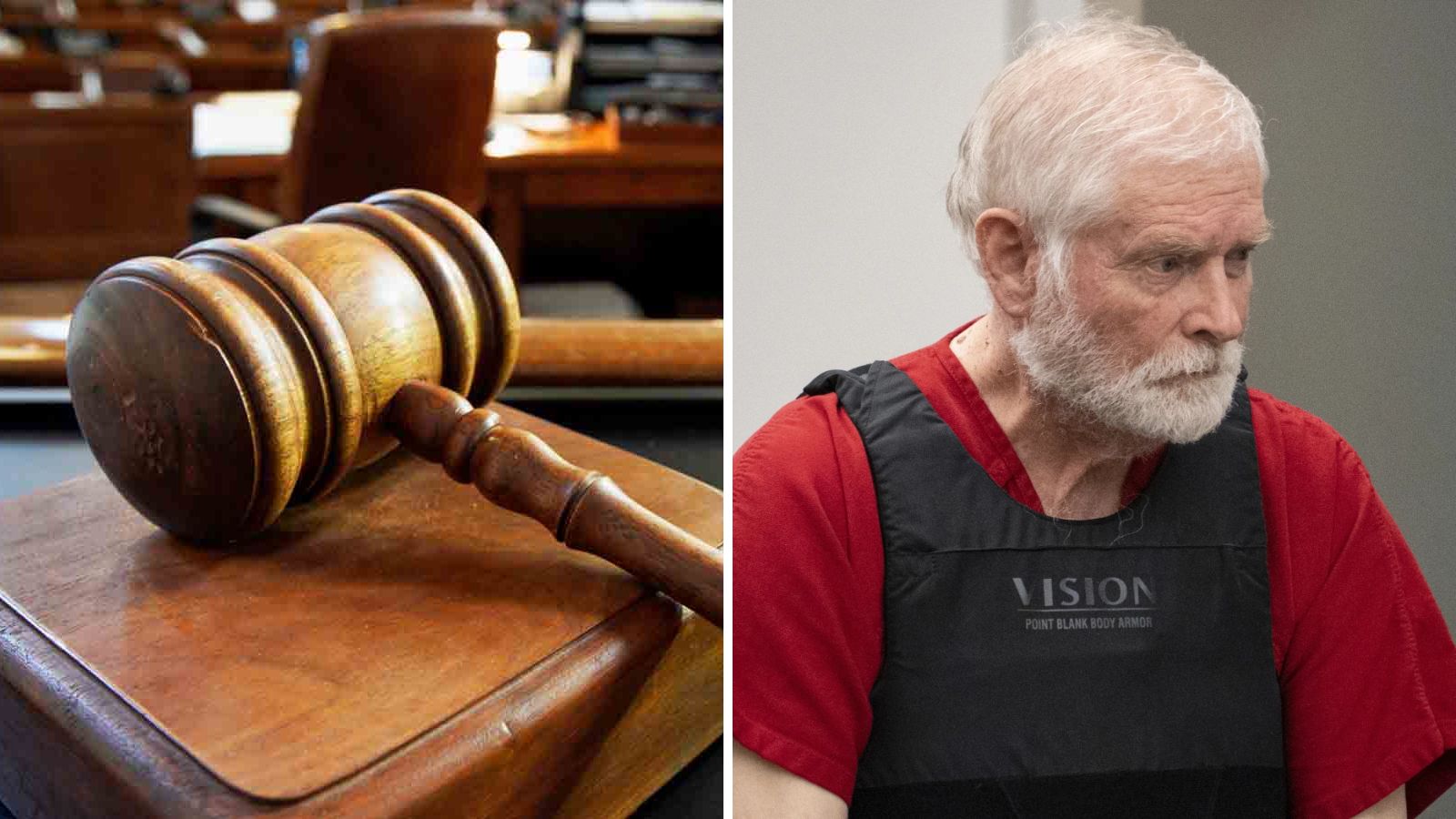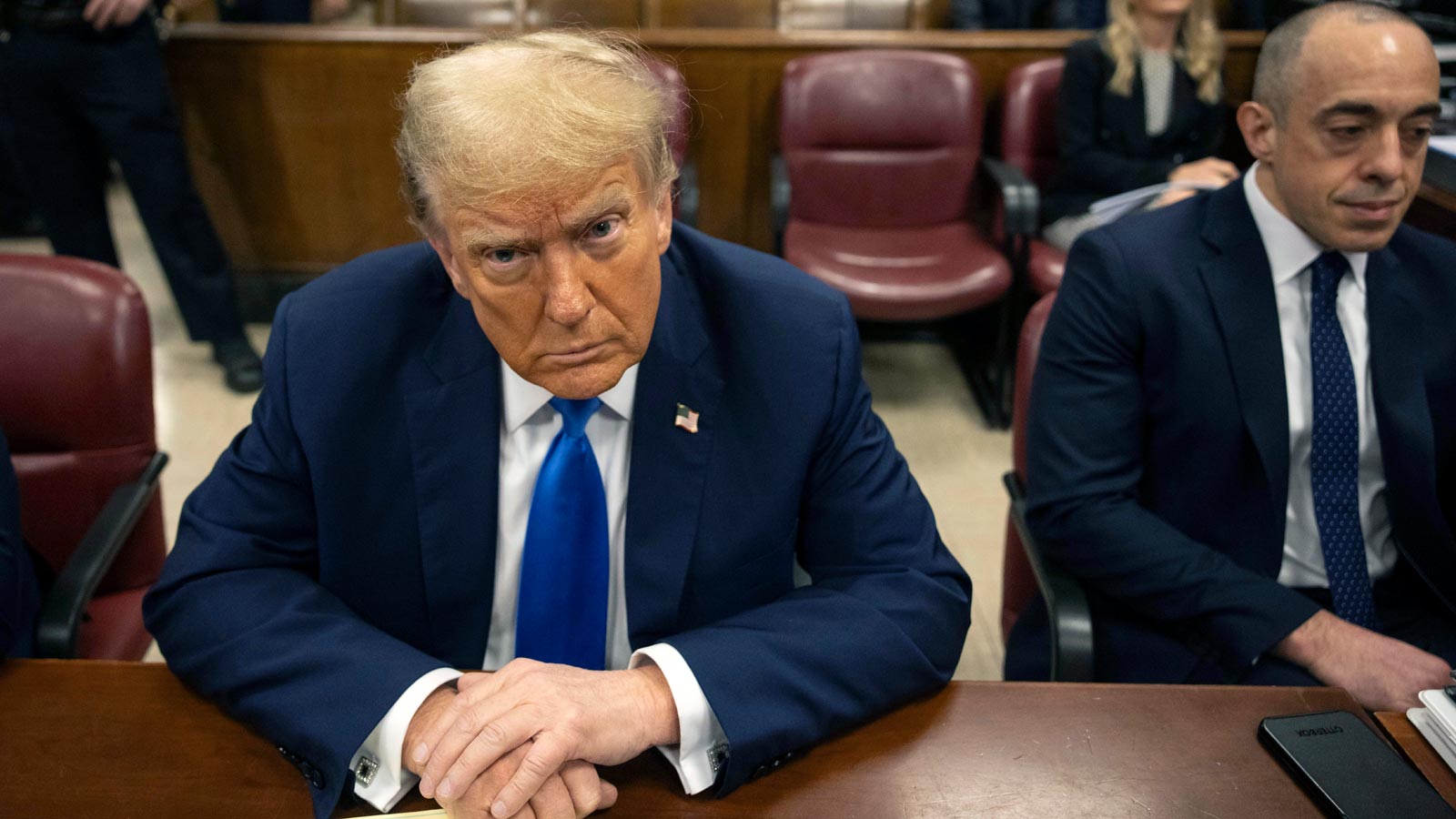Police jailed a man for murder; algorithm was key evidence
Aug 18, 2021, 9:50 PM | Updated: Mar 5, 2022, 1:02 pm
CHICAGO (AP) — Michael Williams’ wife pleaded with him to remember their fishing trips with the grandchildren, how he used to braid her hair, anything to jar him back to his world outside the concrete walls of Cook County Jail.
His three daily calls to her had become a lifeline, but when they dwindled to only a few a week, the 65-year-old felt he couldn’t go on. He made plans to take his life with a stockpiled stash of pills.
Williams was arrested last August, accused of murdering a young man from the neighborhood who asked him for a ride during a night of unrest over police brutality. The key evidence came from video of a car driving through an intersection, and a loud bang picked up by acoustic sensors. Prosecutors said audio technology powered by a secret algorithm indicated Williams shot and killed the man inside his car.
“I kept trying to figure out, how can they get away with using the technology like that against me?” said Williams. “That’s not fair.”
Williams was jailed for nearly a year before prosecutors, citing insufficient evidence, asked a judge to dismiss the case.
Williams’ experience highlights the real-world impacts of society’s growing reliance on algorithms to help make consequential decisions about public life. This is especially apparent in law enforcement, which has turned to technology like acoustic gunshot detection. One such firm, ShotSpotter, says its evidence has increasingly been admitted in courtrooms, now some 200. ShotSpotter’s website says it’s a leader in policing technology solutions that helps stop gun violence by using algorithms to classify 14 million sounds as gunshots or something else.
But an Associated Press investigation, based on thousands of internal documents, emails and confidential contracts, along with dozens of interviews, has identified serious flaws in using ShotSpotter evidence in court.
AP’s investigation found the system can miss live gunfire right under its microphones, or misclassify sounds of fireworks or cars backfiring as gunshots. ShotSpotter’s forensic reports have been used in court to improperly claim that a defendant shot at police, or provide questionable counts of the number of shots fired.
ShotSpotter touts its algorithm-backed technology as virtually foolproof. But its algorithms are a trade secret, largely inscrutable to the public, jurors and police oversight boards.
The company identifies possible gunshots with the acoustic sensors. Then ShotSpotter employees listen to audio recordings of those sounds, and confirms or changes the source of sounds, introducing the possibility of human bias. Employees can and do modify the location or number of shots fired at the request of police, according to court records. And in the past, city dispatchers or police themselves could make some of these changes.
Amid a nationwide debate over racial bias in policing, civil rights advocates say the criminal justice system shouldn’t outsource some of society’s weightiest decisions to computer code.
ShotSpotter CEO Ralph Clark said details about artificial intelligence are “not really relevant.”
“The point is anything that ultimately gets produced as a gunshot has to have eyes and ears on it,” said Clark. “Human eyes and ears, ok?”
—
This story, supported by the Pulitzer Center for Crisis Reporting, is part of an ongoing Associated Press series, “Tracked,” that investigates the power and consequences of decisions driven by algorithms on people’s everyday lives.
—
Police chiefs call ShotSpotter a game-changer. The technology has been installed in about 110 American cities, often disproportionately placed in Black and Latino communities. Law enforcement officials say it helps get officers to crime scenes quicker making their neighborhoods safer.
But academic researchers who reviewed 68 large, metropolitan counties from 1999 to 2016 found that the technology didn’t reduce gun violence or increase community safety.
One Sunday evening in May 2020, Williams said Safarian Herring, a 25-year-old he said he had seen around the neighborhood, waved him down for a ride. Williams told police that a vehicle pulled up beside him and someone shot Herring.
“I was hollering to my passenger ‘Are you ok?'” said Williams. “He didn’t respond.”
He sped to the emergency room. Herring died a few days later.
Three months later, police showed up, and after an interrogation they charged Williams with first-degree murder.
“When he told me that, it was just like something in me had just died,” said Williams.
On the night of the shooting, ShotSpotters sensors identified a loud noise the system initially assigned to 5700 S. Lake Shore Dr., according to an alert the company sent police. That material anchored prosecutors’ theory that Williams shot Herring inside his car, even though the supplementary police report didn’t cite a motive, mention eyewitnesses, or a recovered gun.
Prosecutors also leaned on a surveillance video showing that Williams’ car ran a red light, as did another car that appeared to have its windows up, ruling out that the shot came from the other car’s passenger window, they said.
Chicago police did not respond to AP’s request for comment. The Cook County State’s Attorney’s Office said in a statement that after careful review prosecutors “concluded that the totality of the evidence was insufficient to meet our burden of proof.”
As ShotSpotter’s gunshot detection systems expand around the country, so has its use as courtroom evidence — including 91 cases in the past 4 years.
“Our data compiled with our expert analysis help prosecutors make convictions,” said a recent ShotSpotter press release.
But as cases increase, defense attorneys are growing more skeptical.
During 2016 testimony in a Rochester, New York officer-involved shooting trial, ShotSpotter’s engineer Paul Greene said an employee reclassified sounds from a helicopter to a bullet because Rochester police told them to.
In the Williams case, evidence in pre-trial hearings shows ShotSpotter first said the noise the sensor picked up was a firecracker but a ShotSpotter employee relabeled it a gunshot.
Later, ShotSpotter senior technical support engineer Walter Collier changed the reported Chicago address of the sound to the street where Williams was driving, about 1 mile (1.6 kilometers) away, according to court documents. ShotSpotter said Collier corrected the report to match the actual location that the sensors had identified. The company later provided AP with a copy of the full real-time alert, which contained a street address, location maps and latitude and longitude coordinates as did the second, detailed forensic analysis Collier prepared. The assigned street address changed from the first to the second report, but the location identified on the maps and GPS coordinates in both reports remained around the same intersection.
Last month a judge dismissed the case against Williams.
ShotSpotter insists it warned prosecutors not to rely on its technology to detect gunshots inside vehicles or buildings, citing language in its $33 million Chicago police department contract.
Williams’ attorney Brendan Max said prosecutors never shared this critical information.
Williams remains shaken. When he walks through the neighborhood, he scans for the acoustic sensors that almost sent him to prison for life.
“The only places these devices are installed are in poor Black communities, nowhere else,” he said. “How many of us will end up in this same situation?”
___
This story was originally published on August 19, 2021. The Associated Press reported that a ShotSpotter engineer changed the reported Chicago address of a sound the company labeled a gunshot to the street where Michael Williams was driving. The story included ShotSpotter’s explanation that the engineer had corrected the street address that was generated in its initial real-time alert to match the actual street address that the company’s sensors had identified. The company has now provided the AP with a copy of the full real-time alert. The two reports the company issued – the initial real-time alert and the detailed forensic analysis later filed in court – contained a street address, location maps and latitude and longitude coordinates. The assigned street address changed from the first to the second report, but the location identified on the maps and GPS coordinates in both reports remained around the same intersection. ShotSpotter says the street address in the initial real-time alert sent to police was wrong because the GPS coordinates fell within a large park for which the officially designated address was about a mile away from the actual location identified by the sensors.
____
Mendoza reported from Newark, California. Associated Press Writer Roselyn Romero in San Luis Obispo, California contributed to this report.
Contact AP’s global investigative team at Investigative@ap.org
____
Copyright © The Associated Press. All rights reserved. This material may not be published, broadcast, rewritten or redistributed.









